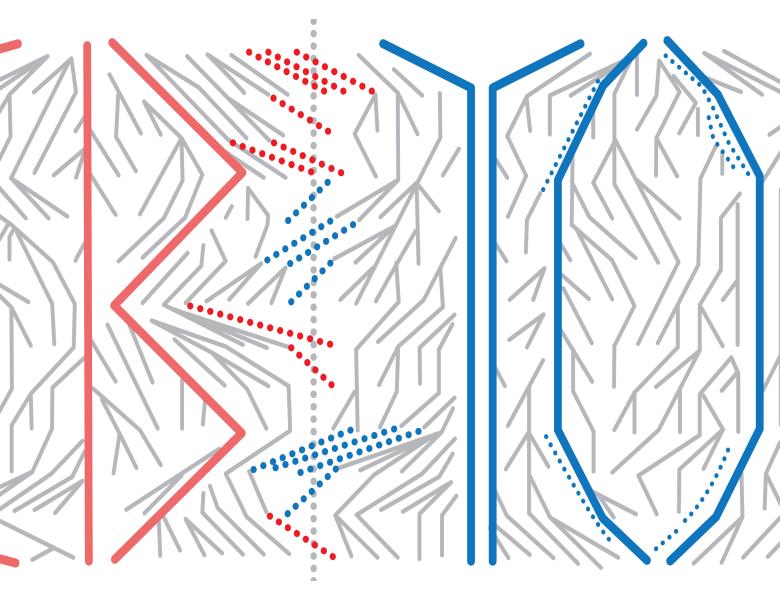
Abstract
Evolutionary biologists use phylogenetic trees of extant species to study the speciation and extinction patterns of different groups of species. Most inferences are based on methods that use type independent evolutionary rates of speciation and extinction, but recently a number of more type-dependent simulation methods are being used (Maddison et al., Fitzjohnet al., Igic & Goldberg) with important consequences for validity of some previously held beliefs. A fair amount is known about the probability distribution of ancestral trees derived from single type branching processes, while much less is known about the same objects for multi-type branching processes (other than asymptotic results). In this talk I will present a few results in this direction. First, there is an algorithmic way to construct an ancestral tree of the standing population of a multi-type branching process in terms of a Markov chain (of vectors of types and multiplicities). This construction allows one to get explicit formulae for calculating: (a) statistical features that describe the shape of the tree (the law of coalescence times together with types on the ancestral lineages), and (b) statistical features that link types in the standing population with the shape of the tree (the law of same-type coalescence times). Second, explicit calculations can be used to compare the effect that different branching mechanisms have on the distributions of ancestral trees. I will illustrate this in a simple example of two-type process with completely asymmetrical vs symmetrical probabilities of offspring types.


